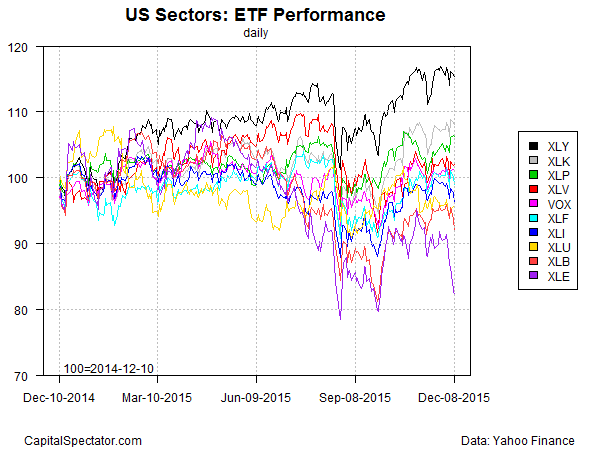http://www.sec.gov/Archives/edgar/data/1552947/000158064215005557/fortunatus497s2.htm497 1 fortunatus497s2.htm 497
FORTUNATUS PROTACTICAL NEW OPPORTUNITY FUND
Class A FPOAX
Class C FPOCX
Class I FPOIX
A Series of Two Roads Shared Trust
Supplement dated December 3, 2015
to the Prospectus dated November 24, 2014, as supplemented.
__________________________________________
The Board of Trustees of Two Roads Shared Trust (the “Trust”) has concluded that it is in the best interests of the Fortunatus Protactical New Opportunity Fund (the “Fund”) and its shareholders that the Fund cease operations. The Board has determined to close the Fund and redeem all outstanding shares no later than the close of business on December 31, 2015.
Effective immediately, the Fund will not accept any new investments. The Fund will begin liquidating its portfolio and will invest in cash or cash equivalents (such as money market funds) until all shares have been redeemed. The Fund will no longer pursue its stated investment objective once it begins liquidating its portfolio. Any
capital gains will be distributed as soon as practicable to shareholders and reinvested in additional shares, unless you have previously requested payment in cash. Shares of the Fund are otherwise not available for purchase.
Prior to December 31, 2015, you may redeem your shares, including reinvested distributions, in accordance with the “How to Redeem Shares” section of the Fund’s Prospectus. Unless your investment in the Fund is through a tax-deferred retirement account, a redemption is subject to tax on any taxable
gains. No redemption fees will be assessed on redemptions of Fund shares made after the date of this notice. Please refer to the “Tax Status, Dividends and Distributions” section in the Prospectus for general information. You may wish to consult your tax advisor about your particular situation.
ANY SHAREHOLDERS WHO HAVE NOT REDEEMED THEIR SHARES OF THE FUND PRIOR TO DECEMBER 31, 2015 WILL HAVE THEIR SHARES AUTOMATICALLY REDEEMED AS OF THAT DATE, AND PROCEEDS WILL BE SENT TO THE ADDRESS OF RECORD. IF YOU HAVE QUESTIONS OR NEED ASSISTANCE, PLEASE CONTACT YOUR FINANCIAL ADVISOR DIRECTLY OR THE FUND AT 1-844-798-3646.
________________________
This Supplement and the existing Prospectus and Statement of Additional Information (“SAI”) each dated November 24, 2014, provide relevant information for all shareholders and should be retained for future reference. The Prospectus and the SAI have been filed with the U.S Securities and Exchange Commission, are incorporated by reference, and can be obtained without charge by calling 1-844-798-3646.




